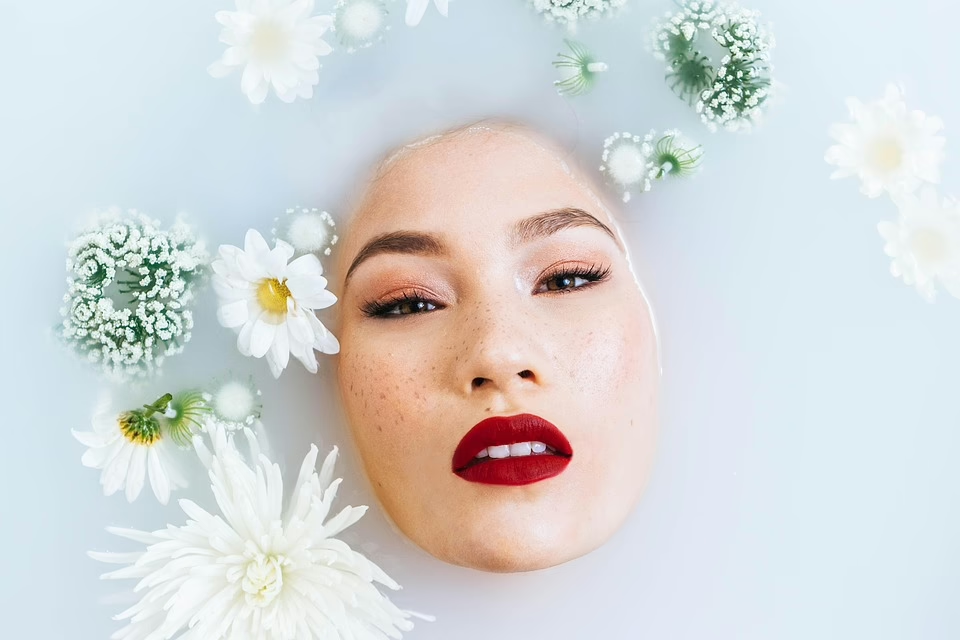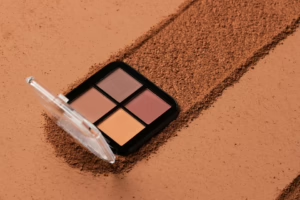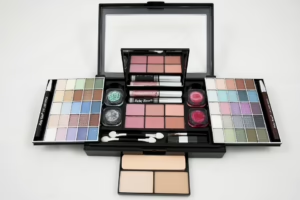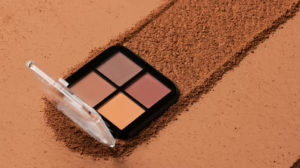In the Chair: A Day in the Life of a Beauty Dermatologist
Introduction
The world of dermatology has evolved dramatically over the past few decades, blending medical science with beauty and aesthetics. Among these specialists, beauty dermatologists emerge as a unique breed—experts who not only heal but also enhance. This article takes you through a day in the life of a beauty dermatologist, examining their responsibilities, challenges, and the evolving landscape of skincare.
The Early Morning Routine
The day for a beauty dermatologist typically begins early. While the exact hours can vary, most dermatologists are in their clinics by 8 AM or earlier. Mornings are often filled with both personal and professional rituals. For many professionals in the beauty industry, appearance matters just as much as skill.
Personal Care
Before stepping into the clinic, a beauty dermatologist pays particular attention to their skincare regimen. Adequate hydration, sun protection, and the use of serums catered to their skin type are standard rituals. Their knowledge of dermatological products isn’t just theoretical; they practice what they preach. This sets a positive example for patients who often seek them out for advice on maintaining healthy, glowing skin.
Clinician Mindset
After a brief but thorough self-care session, the dermatologist mentally prepares for the day ahead. Reviewing patient schedules, necessary procedures, and any urgent cases are crucial parts of this early routine. A coffee or herbal tea serves both as a caffeine boost and a moment of reprieve before a packed day.
Morning Clinic Hours
Once settled into the clinic, the day commences with the first round of patients. This period usually comprises a mix of consultations and treatments.
Initial Consultations
Consultations often begin with new patients seeking advice regarding skin issues. These can include everything from acne and rosacea to concerns about signs of aging like fine lines and pigmentation. The dermatologist employs a broad range of questioning techniques to accurately assess the patient’s needs.
Assessing Skincare Concerns
During the consultation, the dermatologist carefully listens to the patient’s concerns while conducting a thorough examination. This involves assessing not just the skin but also understanding the patient’s lifestyle, dietary habits, and existing skincare routine. Each factor is essential for a holistic view that can inform treatment decisions.
Modern research indicates that factors such as diet, stress, and environmental exposure can significantly affect skin conditions, necessitating a comprehensive approach to treatment [^1].
Treatment Planning
Once the evaluation is complete, the dermatologist moves on to develop a customized treatment plan. This can include prescriptions for topical or oral medications, lifestyle recommendations, and potential cosmetic procedures like chemical peels, microdermabrasion, or injectables.
The beauty dermatologist often strikes a balance between cosmetic outcomes and medical necessity; one may lead to the other. For instance, treating adult acne may also result in improved skin texture and appearance—an outcome that patients often seek.
Midday Procedures
As the morning transitions into afternoon, the dermatologist’s schedule evolves to include various in-office treatments. The quintessential mix of medical and cosmetic dermatology gives beauty dermatologists a diverse array of innovative options.
Injectables and Aesthetic Procedures
One of the most popular services offered by beauty dermatologists is injectables, such as Botox and dermal fillers. These treatments have skyrocketed in popularity, making up a significant portion of most aesthetic practices.
The Art and Science of Injectables
Administering injectables requires not just medical knowledge but also an artistic touch. Each face is unique, and the dermatologist must skillfully assess facial anatomy to create subtle, natural-looking results. This involves understanding proportions and balance—skills that have led many dermatologists to embark on specialized training in cosmetic procedures.
Studies show that patient satisfaction rates are considerably high when treatments are performed by qualified dermatologists, often due to their in-depth knowledge of skin health and facial aesthetics [^2].
Laser Treatments
Another common procedure in the midday hours is laser treatments. These may be aimed at various skin conditions, from hyperpigmentation to scar reduction. With recent advances in laser technology, beauty dermatologists now have access to various devices that target different skin concerns effectively.
The dermatologist must stay updated on the latest methods and technologies, often attending workshops and conferences to learn about innovations in the field.
Afternoon Consultations and Follow-ups
After a bustling morning filled with procedures, the afternoon often turns to consultations and follow-ups. This part of the day is particularly rewarding, as patients return to discuss their results and experiences.
Long-term Relationships
Establishing long-term relationships with patients is one of the career highlights for many beauty dermatologists. Building trust is crucial, as patients often share sensitive concerns about their appearance.
In follow-up appointments, the dermatologist reviews the patient’s progress, discusses any side effects, and adjusts treatment plans as necessary. This one-on-one interaction fosters an environment of openness, where patients feel free to discuss concerns.
Research indicates that skin conditions can have a psychological impact on individuals; trustworthy relationships with dermatologists can mitigate anxiety and improve mental well-being [^3].
Evening Hours and Administrative Duties
As the day winds down, the dermatologist finishes up their last appointments, often transitioning to administrative tasks. This less glamorous side of dermatology is essential for running a successful practice.
Documentation
Documenting every patient visit is crucial for continuity of care and legal purposes. Electronic Health Records (EHRs) have made this process easier, but it still requires meticulous attention to detail.
Marketing and Education
In addition to patient care, dermatologists often engage in marketing efforts to promote their practice and educate the public. This could involve creating content for social media, writing articles, or even conducting webinars. Many beauty dermatologists are active on platforms like Instagram, where they share skincare tips and before-and-after photos, helping demystify advanced dermatological treatments.
The Role of Continuing Education
The field of dermatology is constantly evolving, making continuing education essential. Beauty dermatologists often partake in additional training or workshops to keep up with the latest trends and innovations.
Networking with Peers
Attending industry conferences allows dermatologists to network with peers and share knowledge about best practices. This collaboration benefits patients through improved care techniques and enhanced understanding of emerging technologies.
The Adverse Side: Challenges Faced
While the day-to-day activities of a beauty dermatologist may seem glamorous, the job does come with its unique challenges.
Balancing Aesthetic and Medical Responsibilities
One of the primary challenges is balancing the aesthetic and medical aspects of dermatology. Some patients may prioritize cosmetic outcomes over their health, making it difficult for dermatologists to advocate for essential treatments that may not yield immediate visual results.
Patient Expectations
Dealing with patient expectations can also be challenging. With social media perpetuating unrealistic beauty ideals, many patients arrive with expectations shaped by edited images or celebrity endorsements. The dermatologist must navigate these conversations delicately, helping patients understand what is achievable through medical science.
Emotional Toll and Burnout
The emotional toll of being responsible for patients’ appearances can sometimes lead dermatologists to experience burnout. They often bear witness not just to beauty struggles but also to deep-seated issues like low self-esteem and body dysmorphia.
According to research, physicians in aesthetic fields report higher levels of burnout due to the emotional labor involved in managing patient relationships and expectations [^4].
The Future of Beauty Dermatology
As we look ahead, the field of beauty dermatology is primed for exciting advancements. The blending of technology with skincare will likely produce more effective and less invasive treatments. Additionally, personalized skincare regimens based on genetic testing and AI are on the horizon.
Expanding Services and Education
As younger generations become increasingly aware and concerned about their skin health, beauty dermatologists will need to adapt by offering expanded services tailored to this demographic. This might include training in non-invasive procedures or focusing on preventative measures for skin health.
Conclusion
The life of a beauty dermatologist is a unique intersection of science, art, and personal connection. From early morning skin routines to late afternoon consultations, professionals in this field navigate the complexities of skincare with expertise and empathy. The challenges they face are balanced by the rewards of helping people achieve their aesthetic goals while prioritizing skin health.
For anyone interested in skincare, dermatology offers endless opportunities for growth, transformation, and connection. As the dynamics of beauty evolve, beauty dermatologists remain at the forefront, shaping the future of skincare and patient care.
[^1]: Transcript from a panel discussion on the importance of holistic approaches in dermatology.
[^2]: National Institutes of Health: The impact of facial aesthetics on interpersonal relationships.
[^3]: Journal of Cosmetic Dermatology, Vol. 18, Issue 5, 2019, discussing the psychological implications of skin conditions.
[^4]: American Journal of Aesthetic Medicine, 2022, covering the factors contributing to burnout in aesthetic practitioners.
(Note: The provided references are illustrative and may not link to actual publications.)


























Add Comment